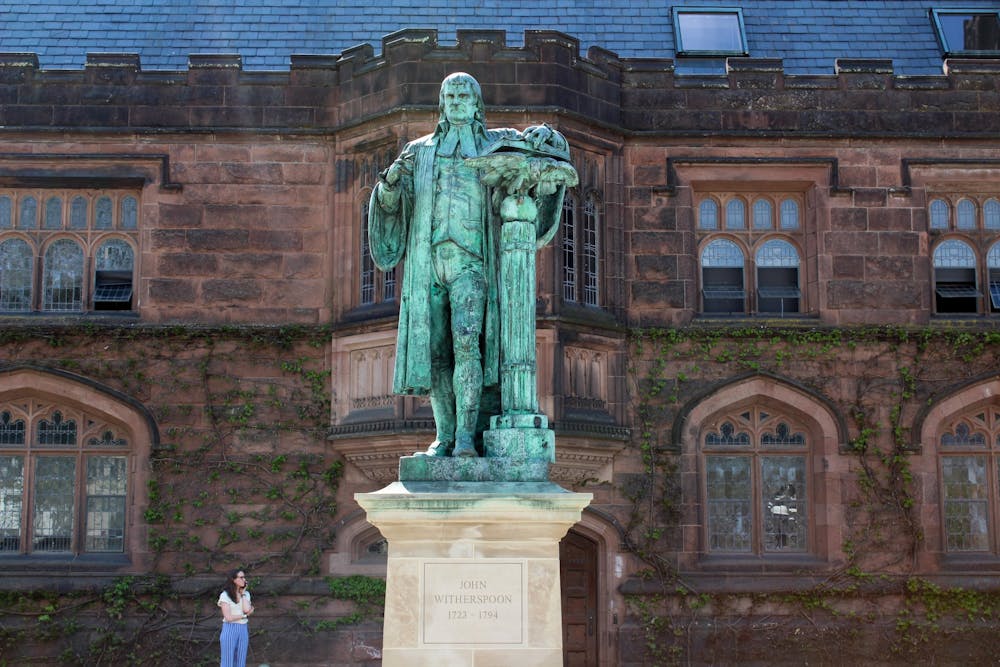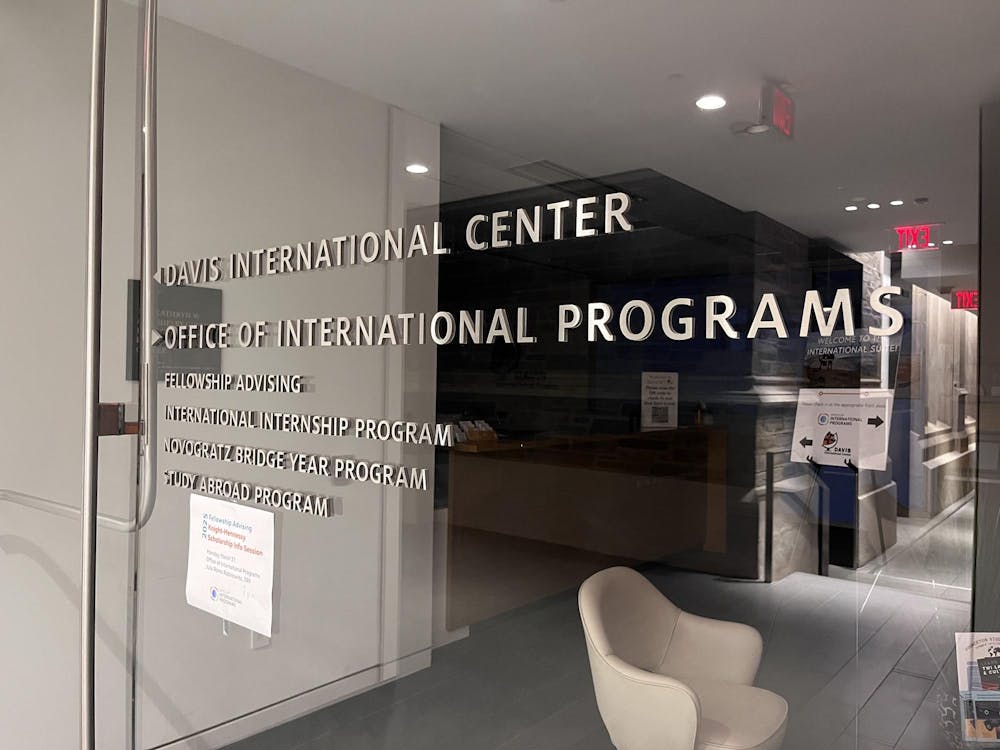This Saturday, Princeton will confer the Woodrow Wilson Award, the University’s prestigious alumni prize for public service, to Associate Supreme Court Justice Elena Kagan ’81. The name of this annual honor is yet another reminder of the University’s predilection for praising its most polemic figures.
But there is no need to abandon uncomfortable history, nor is there any merit to overly defending the depraved. The University must commit to truth, representing its history and its icons more honestly. And as it does so, we need to flood the Princeton canon with more monuments to Princeton’s unsung heroes.
Woodrow Wilson’s legacy is marred by controversy. Former University President Robert Goheen ’40 captured the tension of the use of his name as a ubiquitous campus eponym well: “Wilson had always been a hero of mine … but he was a racist. There’s no doubt about it.”
Woodrow Wilson’s enduring presence on campus has generated significant debate and rapid changes in the University’s public stance. In 2016, The Wilson Legacy Review Committee recommended that “the Woodrow Wilson School of Public and International Affairs and Woodrow Wilson College should retain their current names.” Four years later, the University renamed both.
Nonetheless, the Woodrow Wilson Award continues a University tradition of only partially committing to anti-racism. The University’s assurance that the award does not require current students to identify with the Wilson name cannot assuage the same concern for alumni hoping to receive high praise from their alma mater.
And while Princeton has “a legal obligation to name the prize for Wilson,” the award’s website affirms: The prize “explicitly honors specific and positive aspects of Wilson’s career.” Therein lies the continued manipulation of Wilson’s memory on campus. Such an open declaration of pro-Wilson bias signals sidestepped truth in favor of purchased reverence. Might other contemptible, possibly contemporary, Princeton affiliates, too, purchase an eternal altar in the form of a named gift?
Wilson isn’t the only contentious notable in Princeton’s history. John Witherspoon’s beliefs — and his contradictions — have received careful attention from groups like the Princeton & Slavery Project. The ‘Prince’ summarized the source of this attention: “A former University president, minister, and signatory of the Declaration of Independence, Witherspoon also owned enslaved people.”
However, the Witherspoon statue remains unaltered and unmoved. The Board of Trustees’ edict against removing or relocating it — a decision that directly contradicted the CPUC Committee on Naming’s advisory opinion on the matter — ignores serious concerns about Witherspoon’s ownership of enslaved people.

The statue’s fraudulent patina rings of subterfuge: It hopes to resist criticism by claiming unearned historical significance when, really, the statue was only erected in 2001. The Board of Trustees maintains a “presumption against altering University honorifics on the basis of concerns about a historical individual’s legacy.” Instead, they ought to presume against the unbalanced narrativizing of enslavers.
Likely, the majority of the statue’s passersby are unaware of the unsettled nature of debate over his legacy. But standing under the statue, I am reminded that I and other students of color might have been invisible, or even deplorable, to Witherspoon.
Blind adoration is antithetical to scholarship. Woodrow Wilson and John Witherspoon were not gods; they were people, fallible, maybe even dishonorable. To exalt their names with flagrant partiality is not only dishonest, but it deals undue harm onto the descendants of the communities they harmed the most.
We should always continue to question, investigate, and redress Princeton’s buildings, art, statues, and existence. There are times when, as is the case for the Woodrow Wilson Award and the John Witherspoon statue, the University fails to hold itself to a high enough standard of truth, a shortcoming that makes Princeton sometimes feel unwelcoming to minority students.

But omission is not honest — there is no erasing Wilson or Witherspoon. So, rather than only effacing distasteful aspects of the Princeton canon — its architecture, icons, history — let’s rescue it.
Princeton’s birth is stained by the legacy of slavery, and in the centuries that followed, the University has produced plenty of morally complicated characters. Does that mean every statue, building, and path should be stripped of their names? Does it imply that our own hopes of copper veneration and surname inscription might one day be thwarted by some sanctimonious group of students with different morals than our own?
The answer is that we should hold the University accountable to its own goal of diversifying the “overall trajectory of [honorific] namings.” There ought to be more: Laura Wooten, Kwanza Jones, and José E. Feliciano Halls; more Kentaro Ikeda and Jimmy Johnson Arches; more Betsey Stockton Gardens; more Robert River Ways. They ought to be known — called by their names and exalted equally to Princeton’s many features named after the same few benefactors. Modern naming ought to honor Princetonians’ contributions to society, past and present.
Historically venerated figures aren’t the only people who should mark Princeton’s legacy. The halls of every residential college should teem with portraits of its staff, students, and alumni. Projects like the Princeton & Slavery Project and To Be Known and Heard (whose Princeton website is no longer available) should receive physical representations. Engagement with this work should be more accessible, being reintroduced into first-year orientation programming, for example.
There will be times when troubling legacies receive unquestioned admiration. Then, too, we should respond by adding, not subtracting. “I accept this award with glee,” American Civil Liberty Union Executive Director Anthony Romero ’87 responded upon receiving the Woodrow Wilson Award at Class Day in 2020. “There’s a good chance that Woodrow Wilson is right now spinning in his grave like an Olympic figure skater as an award in his name is bestowed on the executive director of an organization literally established to oppose a xenophobic, anti-immigrant, flagrantly unconstitutional Palmer Raids that he oversaw and engineered.”
Princeton must commit to telling its history truthfully. And if it doesn’t, we must stand at the ready with a more robust history of our own.
Christofer Robles is the Editorial Board Chair for the 149th Board. He can be reached at cdrobles[at]princeton.edu.








